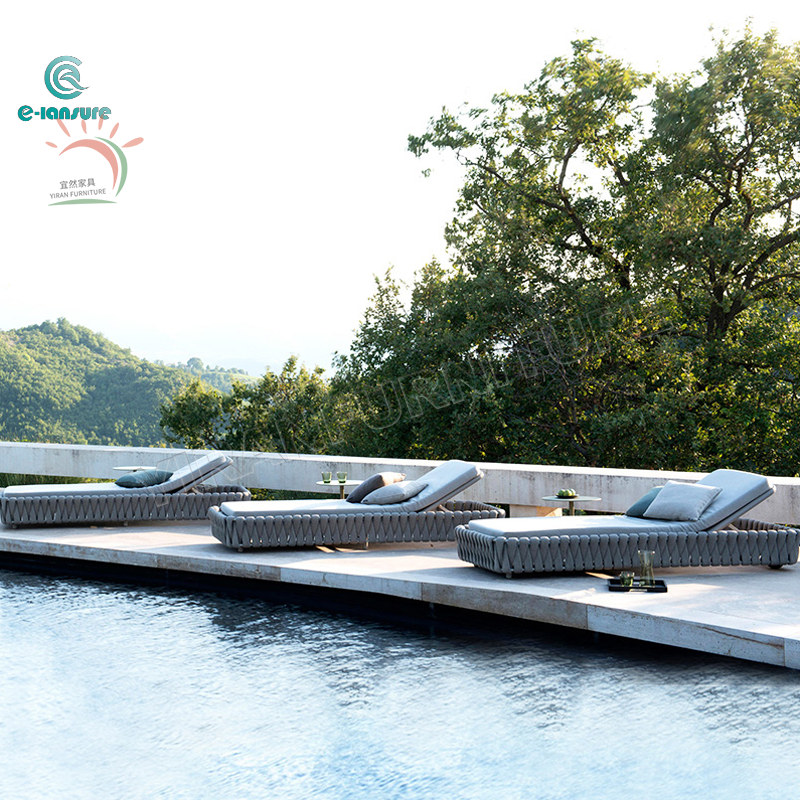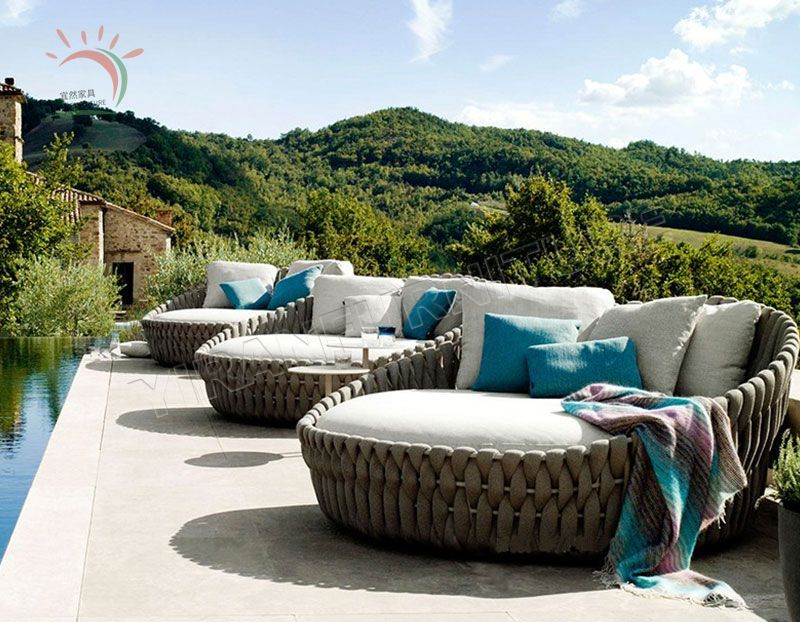Buying Guide in Choosing the Best Sun Lounger
Choosing the perfect sun lounger can transform your outdoor relaxation experience. With various styles, materials, and features available, it’s essential to consider a few key factors before making your purchase. This guide will help you navigate through the options and find the best sun lounger for your needs.
Material Considerations
The material of your sun lounger plays a significant role in its durability, comfort, and maintenance requirements. Here are some popular options:
1. Wood
Wooden sun loungers offer a classic, natural look. Teak, cedar, and eucalyptus are popular choices due to their weather resistance and durability. Regular maintenance, such as oiling, may be required to keep the wood in good condition.
2. Metal
Metal sun loungers, typically made from aluminum or steel, are known for their sturdiness and modern appearance. Aluminum is lightweight and resistant to rust, making it a low-maintenance option. Steel loungers, although heavier, provide excellent stability and strength.
3. Rattan/Wicker
Rattan or wicker sun loungers bring a stylish, tropical vibe to your outdoor space. Synthetic rattan is a more durable and weather-resistant option compared to natural rattan. Ensure that the frame is made from a sturdy material like aluminum for added durability.
4. Plastic
Plastic sun loungers are lightweight, affordable, and easy to maintain. Look for UV-resistant plastic to ensure the color doesn’t fade over time. While they may not offer the same level of elegance as other materials, they are practical and versatile.
Adjustable Outdoor Bed Lounge Chair
Comfort Features
Comfort is a crucial factor when choosing a sun lounger. Consider these features to enhance your relaxation:
1. Adjustable Backrest
An adjustable backrest allows you to customize your lounging position, whether you prefer sitting up to read or lying flat to sunbathe. Look for loungers with multiple reclining positions for added flexibility.
2. Cushions
Cushions provide extra comfort and support. Ensure that the cushions are made from weather-resistant, quick-drying materials. Removable and washable covers are also a plus for easy maintenance.
3. Ergonomic Design
Sun loungers with an ergonomic design offer better support for your back and body. Look for features like contoured seats, lumbar support, and padded armrests to enhance your lounging experience.
Portability and Storage
If you plan to move your sun lounger around or store it during the off-season, consider its portability and storage options:
1. Foldable Design
Foldable sun loungers are convenient for storage and transportation. They are easy to set up and can be stored compactly when not in use.
2. Lightweight
Lightweight loungers are easier to move around your outdoor space. Materials like aluminum and plastic are ideal for lightweight, portable options.
Durability and Weather Resistance
Outdoor furniture needs to withstand various weather conditions. Consider these factors to ensure your sun lounger’s longevity:
Suggested reading:Essential Tips for Your Restaurant Furniture Project
How to Choose the Best Outdoor Round Plastic Folding Table Exporter?
How Outdoor Folding Tables Transform Social Gatherings?
Key Questions to Ask When Purchasing Custom Metal Furniture Export
“Top Metal Slats Outdoor Table For Sale in 2024”
How to Choose Stackable Industrial Style Metal Bar Chairs Bulk
How to Choose the Best Wedding Chairs for Sale?
1. UV Resistance
UV-resistant materials prevent fading and deterioration caused by prolonged sun exposure. Look for loungers with UV-resistant coatings or materials to maintain their appearance over time.
2. Water Resistance
Water-resistant materials are essential for outdoor use. Ensure that the lounger’s frame and cushions can withstand rain and moisture without damage.
3. Rust Resistance
Metal sun loungers should have rust-resistant coatings to prevent corrosion. Aluminum is naturally resistant to rust, while steel loungers should be powder-coated for protection.
Style and Aesthetics
Your sun lounger should complement your outdoor decor. Consider the following style aspects:
1. Color and Finish
Choose a color and finish that matches your outdoor space. Neutral tones like beige, gray, and brown are versatile, while vibrant colors can add a pop of personality.
2. Design
Sun loungers come in various designs, from modern and minimalist to classic and ornate. Select a design that fits your aesthetic preferences and complements your outdoor furniture.
Questions and Answers
Q: How do I maintain my sun lounger?
A: Regularly clean your sun lounger with mild soap and water. For wooden loungers, apply a suitable wood treatment to maintain their appearance. Ensure that cushions are dry before storing them to prevent mold and mildew.
Q: Can I leave my sun lounger outside all year round?
A: While some sun loungers are designed to withstand the elements, it’s best to store them during extreme weather conditions. Use protective covers and store cushions indoors to prolong their lifespan.
Q: Are sun loungers suitable for indoor use?
A: Yes, sun loungers can be used indoors. They provide a comfortable seating option for relaxation areas, sunrooms, or poolside lounges.
Q: How do I choose the right size sun lounger?
A: Consider the available space in your outdoor area and your personal comfort preferences. Ensure that the lounger is long enough to support your body and wide enough for comfortable lounging.
Choosing the best sun lounger involves considering material, comfort, portability, durability, and style. By keeping these factors in mind, you can find a sun lounger that enhances your outdoor relaxation and complements your space.
10 Questions You Should Know about Sustainable Outdoor Furniture Export
How to Choose a Garden Hotel Sun Lounger?
How Does Beach Resort Metal Sunbed Italian Function?
How Outdoor Metal Wood Slats Barstools Redefine Space?
Top 5 Benefits of Metal Wood Slats Barstools for Outdoors
Why are electric desks so expensive?
How many chairs should be in a dining table?
None
None
Related Articles



Comments